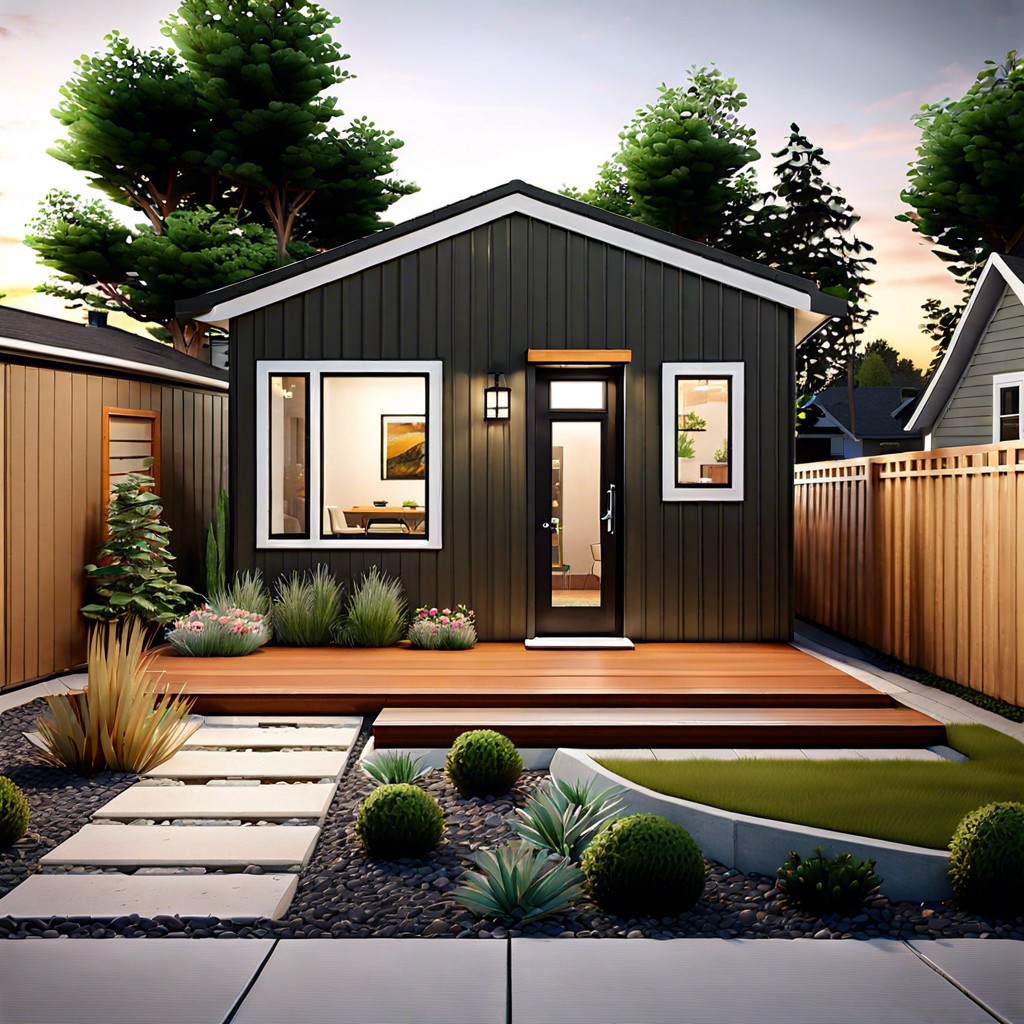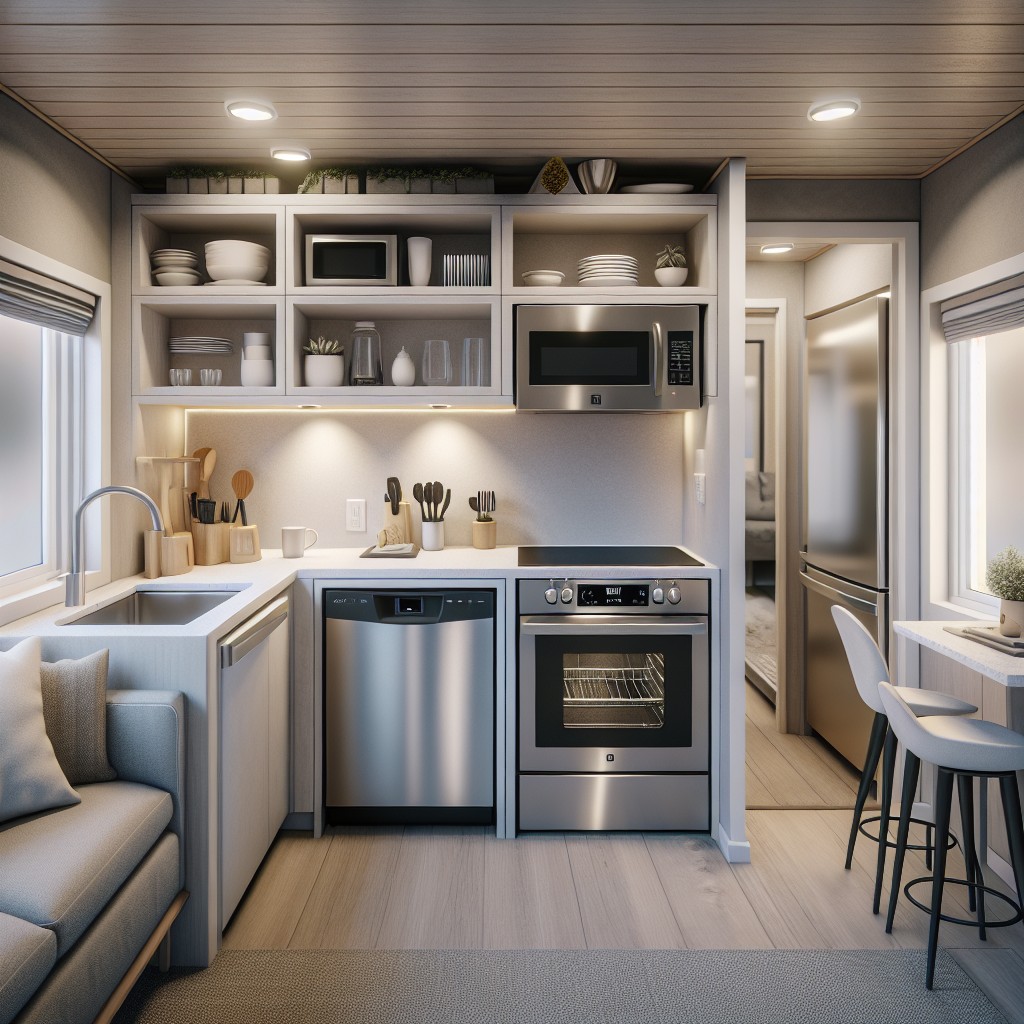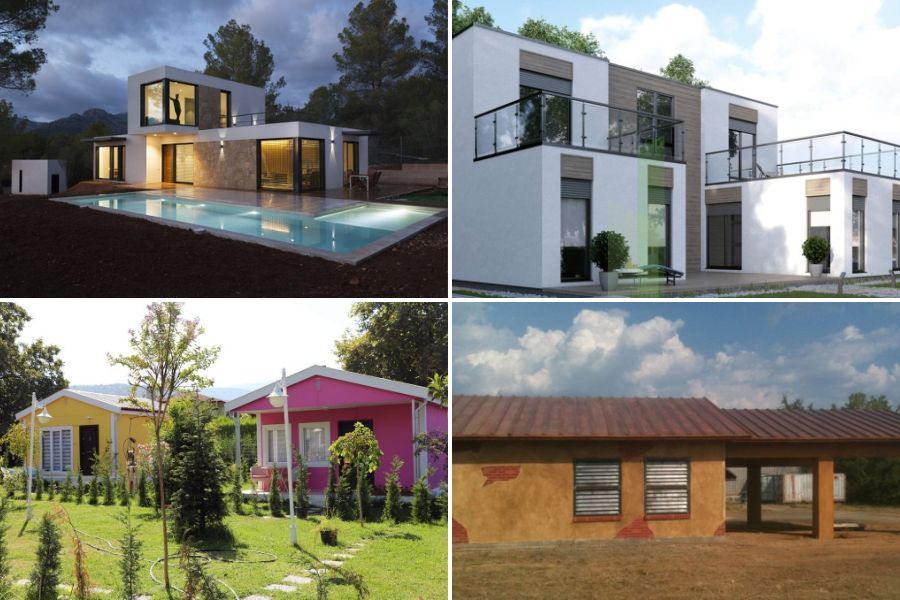Last updated on
In this article, you’ll learn about the essential requirements for building an accessory dwelling unit (ADU), ranging from zoning laws to building codes, ensuring your project meets local standards.
Key takeaways:
- Zoning laws dictate ADU requirements: lot size, setbacks, and more.
- Permits require detailed plans and inspections for construction approval.
- Building codes ensure safety, accessibility, and efficiency in ADUs.
- Adding an ADU may increase property value and affect taxes.
- ADUs provide affordable housing and enhance community diversity.
Zoning Requirements for ADUs

Navigating the tapestry of zoning laws is essential when planning for an ADU. Local ordinances dictate crucial factors like minimum lot size, floor area ratios, and property setbacks. It’s important not to make assumptions based on neighboring areas, as regulations can vary significantly even within short distances.
Typically, you’ll find that residential zones allowing single-family homes also permit ADUs, but with stipulations. These might include limiting the total number of bedrooms or requiring that the property owner occupy one of the units. Height restrictions also come into play, often to maintain the character of the neighborhood.
Parking is another aspect where zoning laws have a say. Certain areas may impose a minimum number of off-street parking spots, although exemptions can apply if the ADU is near public transit. Considering such nuances early can save time and resources, and help ensure that your ADU project aligns with community standards and regulations.
Permitting Process for ADUs
Navigating the permitting process for an ADU can initially seem daunting, but breaking it down into clear steps can simplify the journey.
Firstly, the initial step involves submitting a detailed plan of the proposed ADU to the local building department. These plans should include specifics on the size, location, utilities, and other structural details. It’s vital to ensure that these plans align with the local zoning and building requirements.
Next, a thorough review of the plans by the city or county officials will take place. During this phase, they may request revisions or additional details. It’s not unusual for there to be some back and forth before the plans are approved, so patience and responsiveness to inquiries can be key assets.
Once the plans are approved, the applicant will receive a building permit, which officially allows construction to begin. This permit might be subject to conditions or restrictions based on local regulations, so a thorough reading and understanding of these is essential.
Lastly, throughout the construction process, inspectors will conduct various inspections to ensure the project complies with the approved plans and building codes. Final approval and receipt of a certificate of occupancy hinge on passing these inspections.
The entire process from plan submission to final approval can vary in time depending on local government bandwidth and the complexity of the project. Stay organized and maintain clear communication with the permit office to streamline your experience.
Building Code Compliance for ADUs
Ensuring that accessory dwelling units meet building code requirements is a vital step in the construction process. These standards are in place to guarantee safety, accessibility, and habitability. Key points to consider include:
Firstly, ADUs must adhere to local building codes that address structural integrity. This encompasses the quality of materials and construction methods used to ensure the unit can withstand local environmental conditions.
Fire safety is another significant consideration. ADUs should have proper smoke detectors, fire-resistant materials, and escape routes. In many cases, there must be a physical separation between the ADU and the primary residence to slow the spread of fires.
Utility connections are crucial, and the requirements differ based on whether the ADU will share services with the main house or have independent connections. Both scenarios demand careful planning to comply with codes related to plumbing, electrical, and sewage systems.
Finally, look into energy efficiency regulations. Most regions now require new constructions to meet specific energy standards, which could include insulation levels, window specifications, and energy-efficient appliances.
Remember, these points are a starting point, and it’s essential to consult with local officials for detailed code requirements specific to your area.
Impact On Property Taxes
Adding an accessory dwelling unit (ADU) to your property often leads to an increase in property value, which in turn can affect property taxes. This is because property taxes are typically based on the assessed value of your home. When you enhance the property with an ADU, the functionality and usability of your property are increased, thereby increasing its assessed value.
It’s worth noting that the tax impact may vary significantly depending on the location of your property, as tax rates and assessment practices are not uniform and are governed by local jurisdictions. Additionally, some areas offer tax incentives or unique financing options for ADU construction, aimed at encouraging the development of affordable housing.
When considering an ADU project, it’s prudent to research or consult with a tax assessor or a knowledgeable real estate professional in your area to understand the specific ramifications for your property taxes. Having a clear picture beforehand will help with financial planning and avoid any unwelcome surprises when tax season arrives.
Understanding Accessory Dwelling Units (ADUs)
Accessory Dwelling Units, commonly known as ADUs, are independent residential dwelling units located on the same lot as a larger, primary house. They come in various forms: detached ADUs stand separately from the main house, attached ADUs are physically connected, and interior ADUs are created within the primary residence’s existing space, such as a basement or attic conversion.
ADUs serve numerous purposes. They can be used for family members, such as aging parents or adult children in need of transitional housing, or as rental units, providing homeowners with an additional income stream. The flexibility of ADUs contributes to neighborhood diversity, offering smaller, more affordable living spaces in established areas without altering the area’s character.
As urban populations swell and the demand for housing intensifies, ADUs present an effective strategy to increase housing stock and density without disrupting existing community layouts. This inventive housing solution plays a critical role in urban development, showcasing how cities can adapt to changing housing needs while promoting sustainable land use practices.
Understanding ADUs is not just about recognizing their physical structure, but also the broader implications they have on urban planning, housing affordability, and community dynamics. As a functional response to housing shortages and the desire for multigenerational living arrangements, ADUs are set to remain a key feature in urban and suburban landscapes.
Related reading:
Table of Contents





